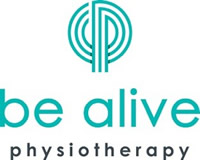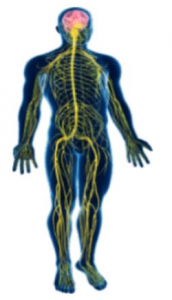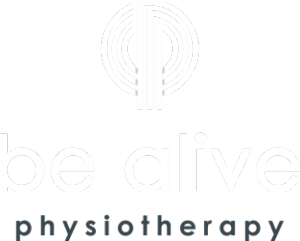Services
Our aim is to listen to what’s going on with your body, understand it and together work towards bringing it to its natural balance. Treatment involves a range of techniques from several disciplines. We believe the key to start making a different choice in our life is first understand what’s happening within us.




